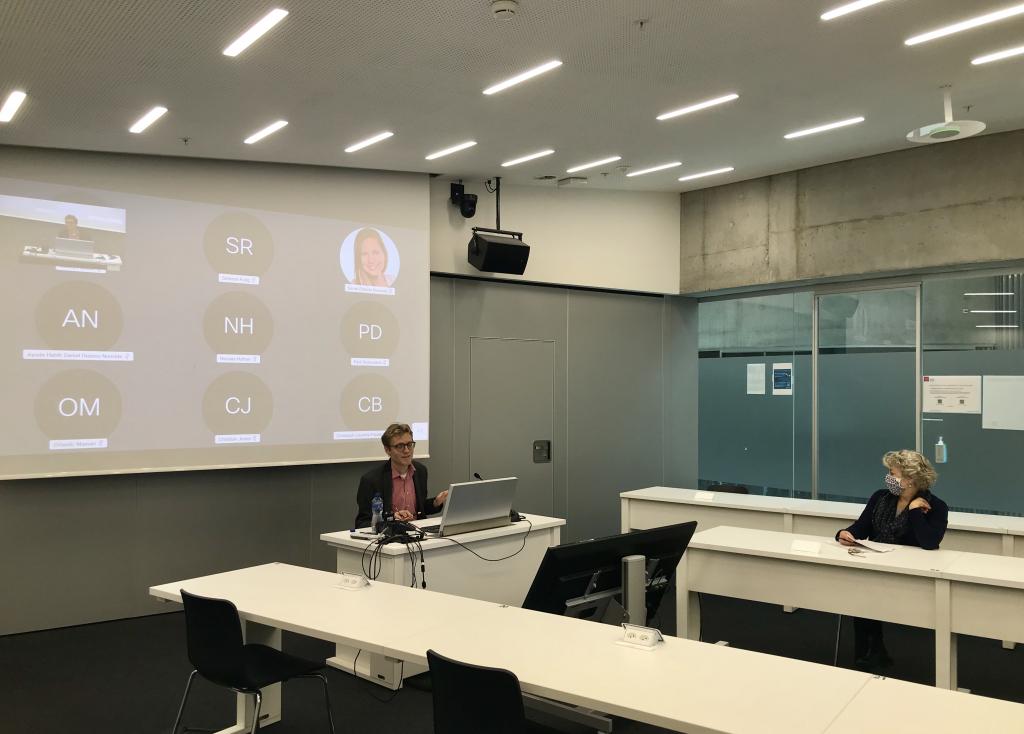Event summary
The second session of the History Brunches took place Wednesday on the 4th of November, following the Institute’s online format. In this session, students travelled to Suriname, as PhD candidate Simon Lobach presented his research on “Aluminium Landscapes: The Rise and Fall of Bauxite Mining and Aluminium Production in Suriname, and the Lasting Impacts on its Society and Environment.”
During the colonial period, the Dutch discovered bauxite in the inner areas of Suriname and begun exploiting it for the production of aluminium. This new discovery fueled hopes for the rapid development and independence of the country. However, the “bauxite boom” was not long-lasting, and today, Suriname’s aluminium production has completely stopped, leaving a legacy of polluted landscapes that profoundly changed the livelihood of the local Maroon populations. Combining Suriname’s economic history and recent perspectives on Maroon history in the context of its expanding mining sector, Simon has explored the rise and fall of this industry. Basing his research on a mix of archival research and interviews, Simon has enriched the field with a political ecology of Suriname’s short lived bauxite adventure, showing how “dreams of modernity” in the global South can go wrong.
The case of Suriname is emblematic because the ruling class that came to power after independence based its development on a colonial model of capitalization of resources, to the detriment of those considered to be “unmodern”. This decision had two major consequences. Economically, transforming Suriname into the biggest aluminium producer attracted foreign investors only in the short-term, while in the long-term the country lost by giving in to the demands of larger private producers. Socially, the Maroon communities, who strongly opposed to the government’s mining plans, became major antagonists in the sector’s development. Not only did the mining sector flood, pollute and deforest ancestral Maroon lands, but it also changed their traditional lifestyles, that had protected Suriname’s rainforest. Now, the Maroon population is a young and urban one, looking for new livelihood opportunities after their displacement.
KEYWORDS: International History Programmes; International History


